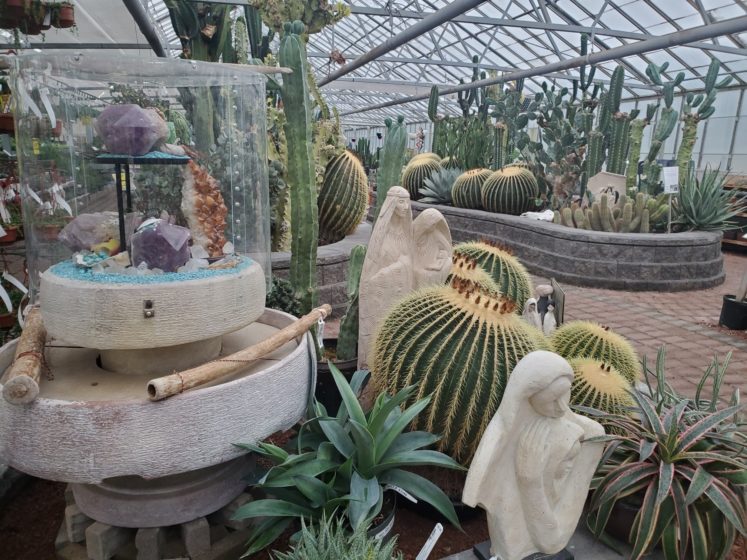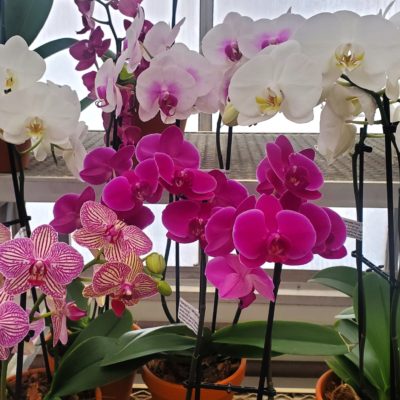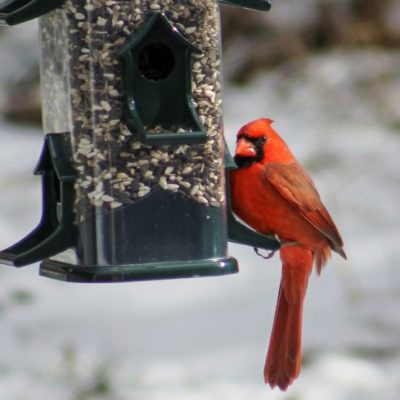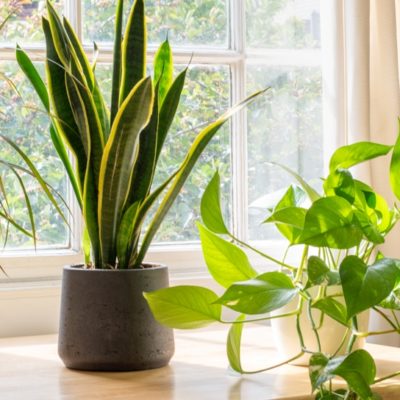
Succulents/Cacti Plant Profile: Cacti
If you’ve visited Belgian Nursery any time in the past 30 years, you may have noticed that we love Cacti. Not just “they’re okay” love or “on the same level as my mom’s noodle casserole” love; we LOVE Cacti to the point that we dedicate over 5,000 square feet to them! And Succulents too, can’t forget about the not-so-prickly buddies, but they’ll get the spotlight in another blog. For now, we’re entering the world of deserts and thorns!
From a strictly botanical point of view, Cacti are some of the most incredible plants in existence. Unlike Succulents that can track their origins from many different plant families, all Cacti are from the same botanical family, Cactaceae. Think about it: a single family has produced hundreds and hundreds of unique specimens that can be found all over the world. And every one of those distant cousins and great-aunt-by-marriage relations is unique in its size, shape, spine production, everything! Oh, and they’ve been around for over 30 million years, give or take a millennium.
All cacti are xenophytes, meaning that they have adapted in order to survive in the harshest and driest conditions on this planet. Their main concern in life is water conservation and storage, which only makes sense since they live in arid climates that would otherwise turn a tropical Hibiscus into a scorched pile of ash. Cacti have said “goodbye” to such luxuries like foliage that would allow precious water to evaporate, and instead rely on their thick green bodies and/or stems for both water storage and photosynthesis. Some species have developed ribbed bodies that draw available moisture down to the root system, and those ribs will even expand when a surplus of water is available. They’ve even evolved to only exhale oxygen during cooler nights to further conserve water!
Of course, we can’t talk about Cacti without mentioning their spines. Spines are actually modified foliage that can perform numerous tasks, including: reducing airflow around the plant which then cuts down on surface evaporation; providing shade and helping the cactus’ skin from getting overly burnt; and even collecting moisture from the air during cool desert nights, especially in areas that get the occasional night time fog. The fact that most animals wouldn’t want to tackle with a cacti’s spines in exchange for a meal is an added bonus.
As you wander through our Cactus gardens in the Cactus & Succulent House, you may have noticed that the branches on many of our specimens seem to just, well, end. To put it plainly, it looks like the gardens met with the bad end of a sword, and that is exactly what happened. Cacti, especially those grown indoors like our greenhouse, can become top heavy and need to be “trimmed” to keep them from damaging themselves. So at least once a year, we get out the ladder, machete, and saw (those branches are thick, after all) and cut them back to a manageable size. It helps keep our specimens happy, and we can take the lopped-off limbs and replant them later. See “Propagation by Cutting” for more info.
Oh, and the plants in those gardens are, on average, coasting past 50 years old and have roots reaching a metre below the floor. Cacti can live for decades and even centuries, so they’ll be a part of Belgian Nursery long after most of us have gone.
Additional Fun Fact: Winter Hardy Opuntia can actually grow and thrive in Canadian winters!
Tips for Cacti Success
Light: At least 4 hours of bright, direct sunlight per day; more is definitely better. Putting them outside for the summer is a great way to increase their energy intake, but introduce them to the elements slowly so they don’t get stressed or scorched.
Water: Let Cacti dry out very, very well before watering deeply; think desert conditions! The soil should be very light and cracking away from the edges of the pot, and you’ll have to water your pots a few times to ensure the arid soil can absorb the moisture. Always use pots with drainage, and never let your pots sit in water. It is very easy to overwater Cacti and Succulents, so ask yourself if you’ve watered it this month…and then wait another week.
During the low light seasons of fall and winter, all your plants will need longer periods of time between deep waterings.
Fertilizer: You only need to fertilize Cacti during their growing seasons, spring and summer. Use a Cactus fertilizer, or an all-purpose fertilizer at half strength, once in spring and once in summer.
Cutting: Use a clean, sharp knife/scissors/pruners and cut at the desired height. The cut will bleed white latex; use caution if you’re allergic. The cut will then scab over and new branches can sprout from beneath the cut site. Warning: this can take months/years/never, depending on the plant’s mood.
Propagating by Cutting:
- Lay cuttings on layers of newspaper and place in a warm room with indirect light.
- Cuttings will form hard callous after 4 to 10 weeks.
- Fill pot with cactus soil (part potting soil, part sand for extra drainage) and pot up the cutting callous-down; careful of the spines!
- Water newly planted cuttings well, letting them dry slightly until it starts to root out, about 3 to 6 months. Once it’s rooted, let it dry out very well.





